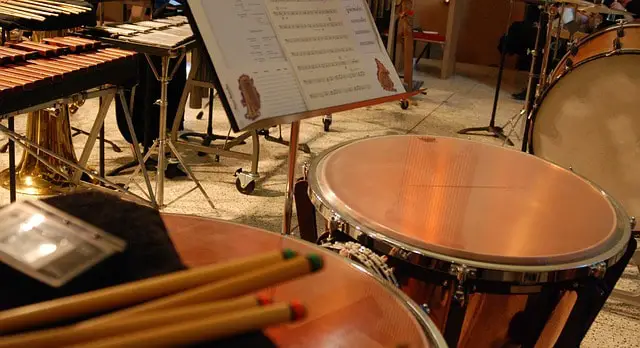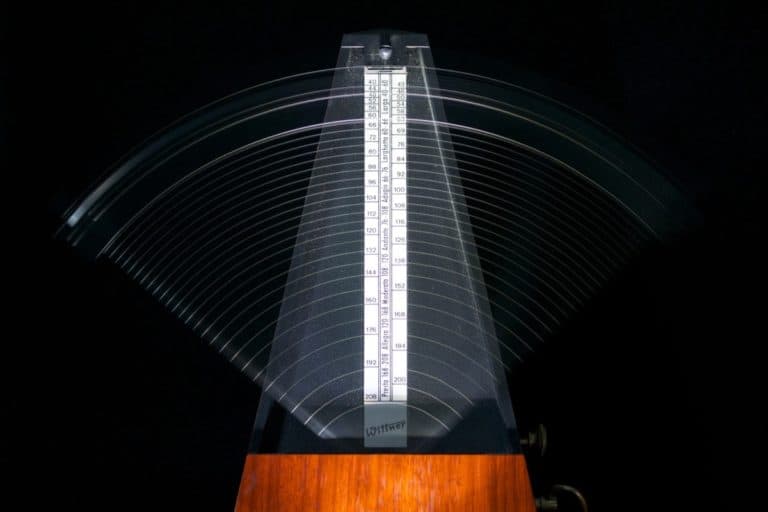What is Indefinite Pitch in Percussion
When studying percussion music you will come across both definite pitch and indefinite pitch. I have covered off with some examples definite pitch instruments elsewhere, so this article is specifically about what indefinite pitch is.
Indefinite pitch instruments in percussion are unable to play tunes or melodies due to the limitation of being able to play only a single pitch across the entire instrument and are therefore used for rhythms and beats instead and include instruments like the Snare drum, bass drum, a cymbal or tambourine.
There are far more indefinite pitch instruments in the percussion family than those described as definite pitch. In this article I will look at the differences and provide examples of indefinite pitch instruments.
The difference between definite and indefinite pitch in percussion
There is a huge difference between definite and indefinite pitched instruments, and they are easily recognisable by the ear, trained or untrained
Definite pitch vs Indefinite pitch
The immediate and obvious difference between definite and indefinite pitched percussion instruments is that one is able to play tones of different pitches on the same intrument whilst the other is limited to a single indefinite pitch.
The reason it is called indefinite is because no other pitch is able to be played on the same instrument and therefore offers no comparison, and is therefore indefinite from any other strike.
Or to put it yet another way, if you were to play more than one note on a xylophone, celesta or handpan for instance, the pitch of each strike is easily discernable from another, whereas playing two strike anywhere on a snare drum, [excluding a rim shot], will leave you unable to position the pitch in relation to another strike.
It is not nearly as complicated as it sounds. Indefinite pitch instruments will tend to sound exactly the same for each strike they receive of the playing implement, be that a hammer, mallet or hand.
What percussion instruments have an indefinite pitch?
So with that, ‘more complicated than it need be’, explanation of the difference, what instruments are regarded as indefinite pitch percussion instruments?
1. Bass Drum
The bass drum produces low indefinite pitch and used primarily to keep time. IN Marching bands it sets the tempo of the march and the music, whilst in rock bands where it is also known as the kick drum it makes up the central floor based part of the drumset.
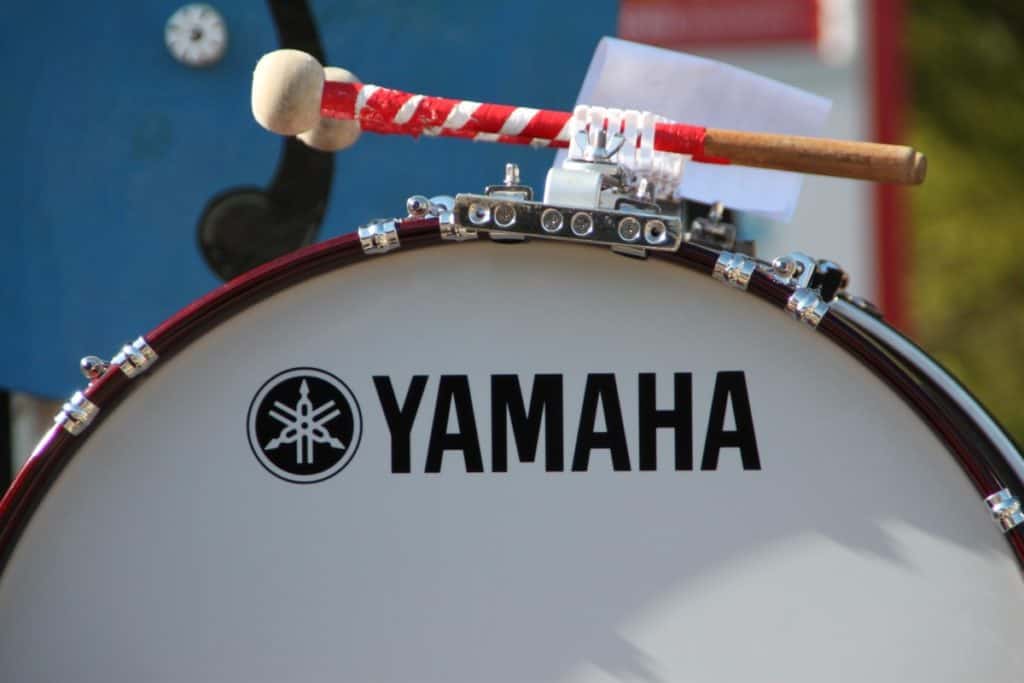
2. Snare Drum
The Snare drum produces a short sharp indefinite pitch when struck with drumsticks or mallets on the head or rim. The effect of the snare wires stretched across the bottom can be affected by changing the tension
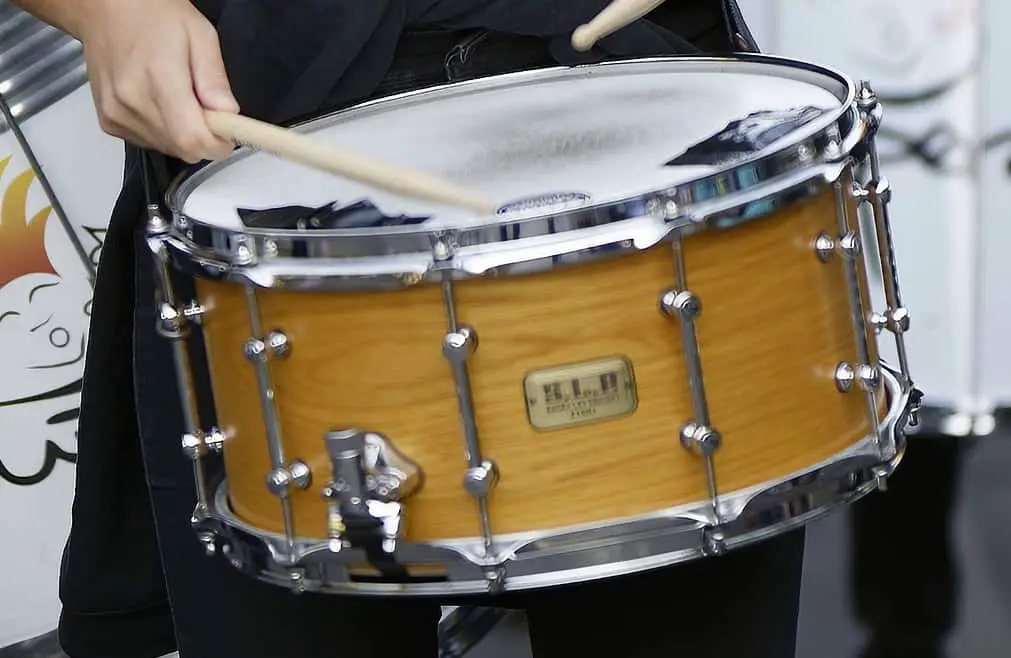
3. Cymbals
As a set they can produce definite pitch but as a standalone, a cymbal has indefinite pitch. Used in the percussion section of the orchestra, in marching bands, jazz bands and popular music bands, the cymbal has far more importance to music than it is often given credit for.
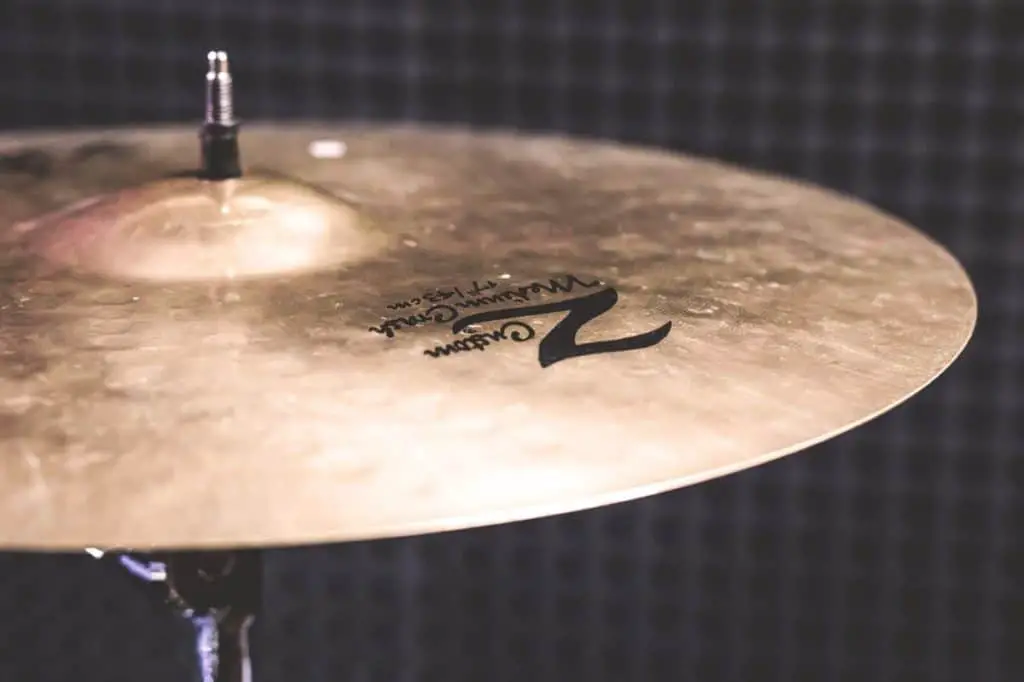
4. TamTam
The Tam Tam is often referred to as a gong and is another instrument which will sit in the percussion section of an orchestra producing indefinite pitch. It is not a gong however. The Tam Tam produces no audible definite pitch whereas on some gongs this is achievable.
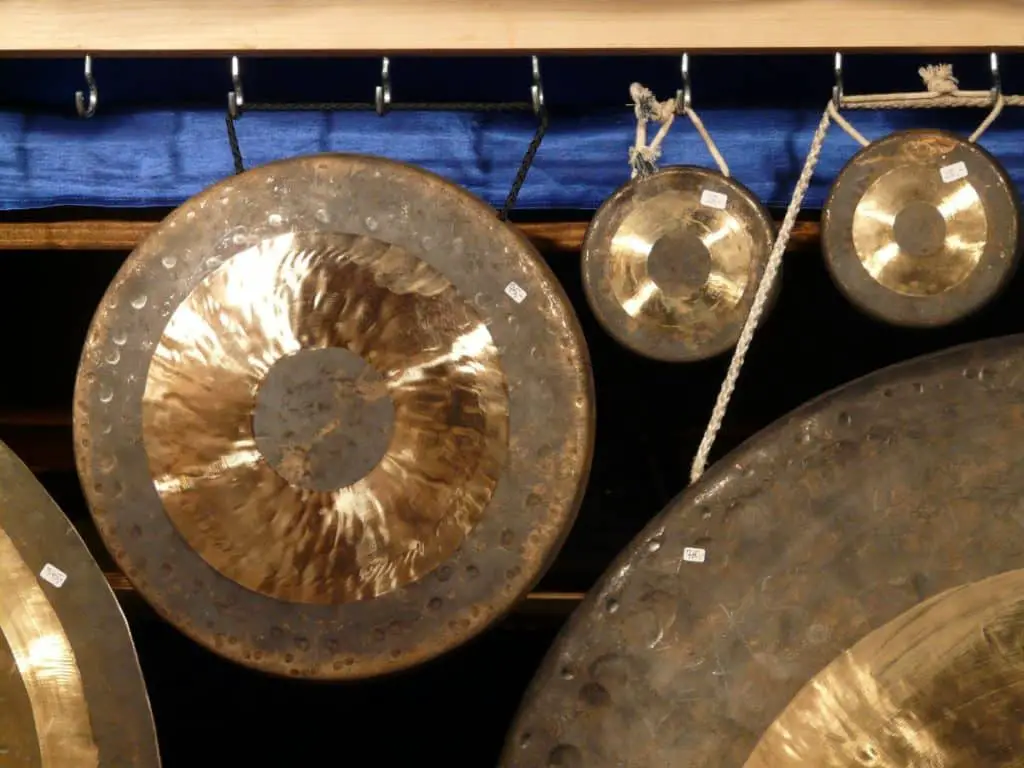
5. Tom Tom
The TomTom is now an almost indispensable part of the drum kit. In addition to the bass, snare, cymbal, and hi-hat, the tom-toms allow the addition of more dram, color and excitement.
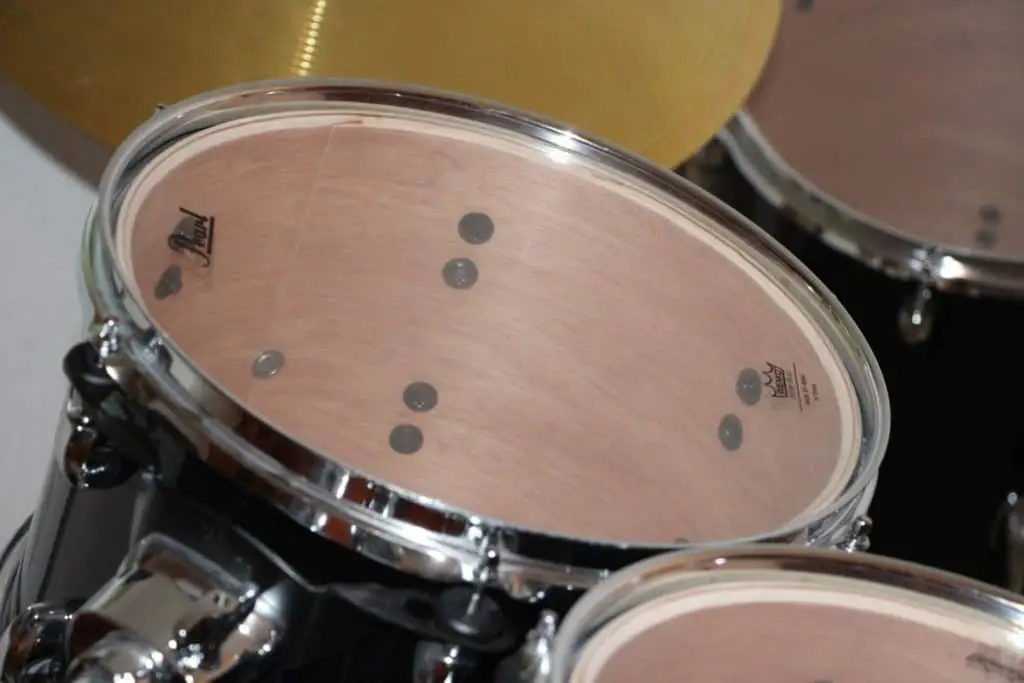
6. Triangle
The one instrument you never wanted to be allocated at school. The triangle produces indefinite pitch in the idiophone family of percussion. generally constructed of steel, the triangle is not complete, with curved corners and a small gap, it vibrates and creates a sound when struck with a triangle beater.
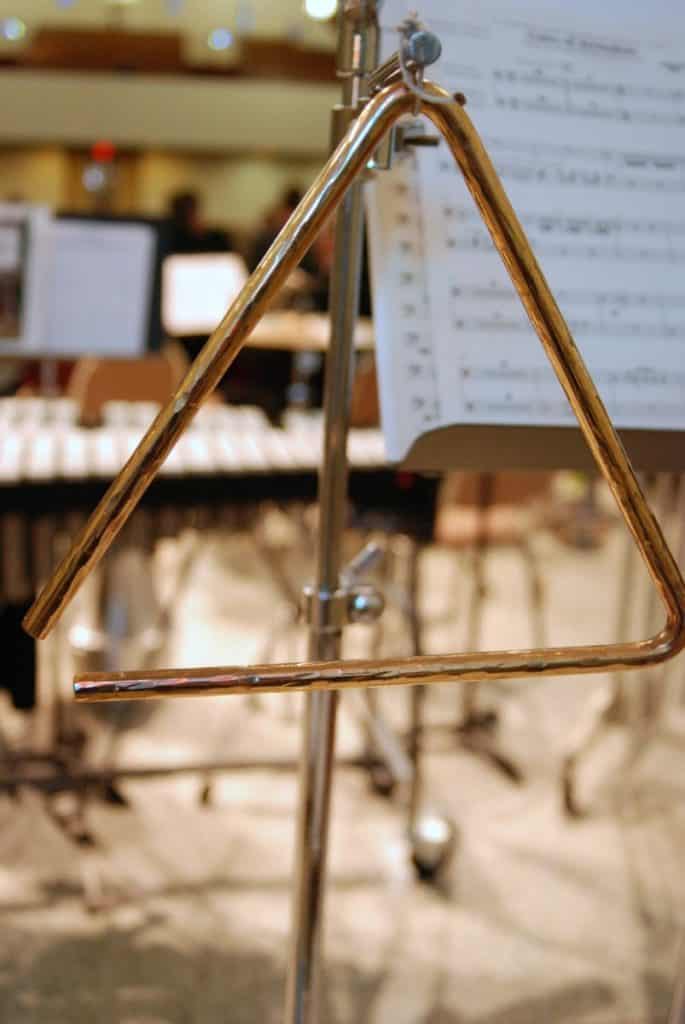
7. Castanets
More widely used than you might think, the Castanet are like drums in that they are used primarily for keeping rhythm with an indefinite pitch. Depending on the material with which they are made, they are also known as finger cymbals.

List of Indefinite Pitch Percussion Instruments.
- Bass Drum
- Snare Drum
- Cymbals
- TamTam
- Tom-Tom
- Triangles
- Castanets
Interestingly whilst if you have a set of cymbals, or triangles with different pitches, you could play definite pitches across the set, but individually, they remain indefinite as a solitary item.
What Does Indefinite Pitch Sound Like
Imagine if you had a bass drum and you struck it once with the mallet. note the sound and try to remember it.
On a second strike, you would hear the same sound be it louder or quieter depending on the firmness of the strike regardless of the area of the instrument it is struck. This is indefinite pitch in so much as the pitch does not change from one strike to the next.
Compare this to the Marimba, which if you were to strike with a mallet at one end, and then at the other on a different key, would produce to definite pitches.
In isolation the individual keys would be considered indefinite in pitch but of course, this is not the pupose of Marimba keys, and they are not marimba until assembled as per the design.
However, one might consider a single marimba, or xylophone key as a wood-block. Then used in isolation, this would become an indefinite pitch percussion wood block instrument.
How many indefinite pitch instruments are there?
It would be virtually impossible to count the number of potential indefinite pitch instruments. certainly in the music industry, away from traditional instrumentation, there have been hundreds f not thousands of objects used to produce layers of percussion into musical arrangments to produce more depth.
From simple door knocks, to striking to chair legs together, if it makes the right sound to compliment your percussion layer, then it can be deemed percussion and in the indefinite pitch variety
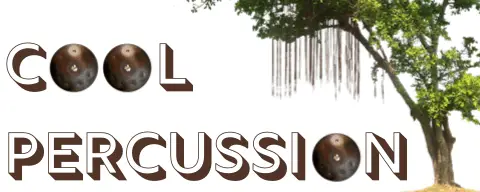
![[Answered] Is a Piano a Percussion or Stringed Instrument?](https://cdn-0.coolpercussion.com/wp-content/uploads/2020/09/piano-3957653_1280-768x513.jpg)
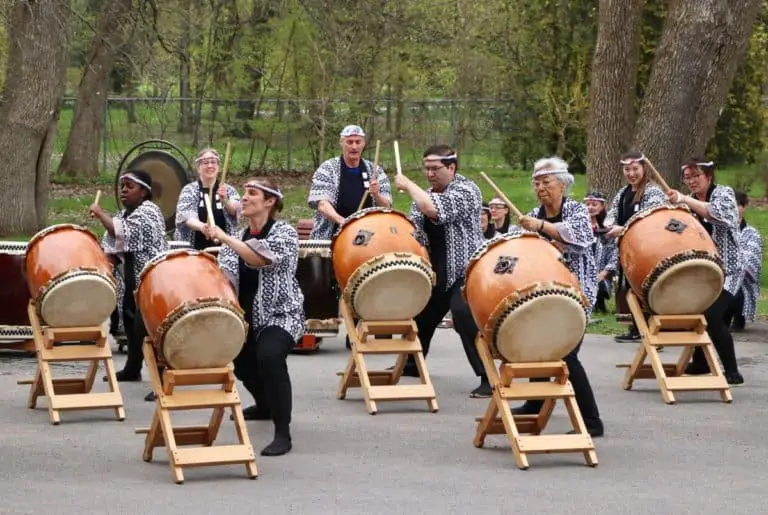
![(Answered) Is a Snare Drum Indefinite pitch? [and more]](https://cdn-0.coolpercussion.com/wp-content/uploads/2020/09/snare-drum-768x576.jpg)
